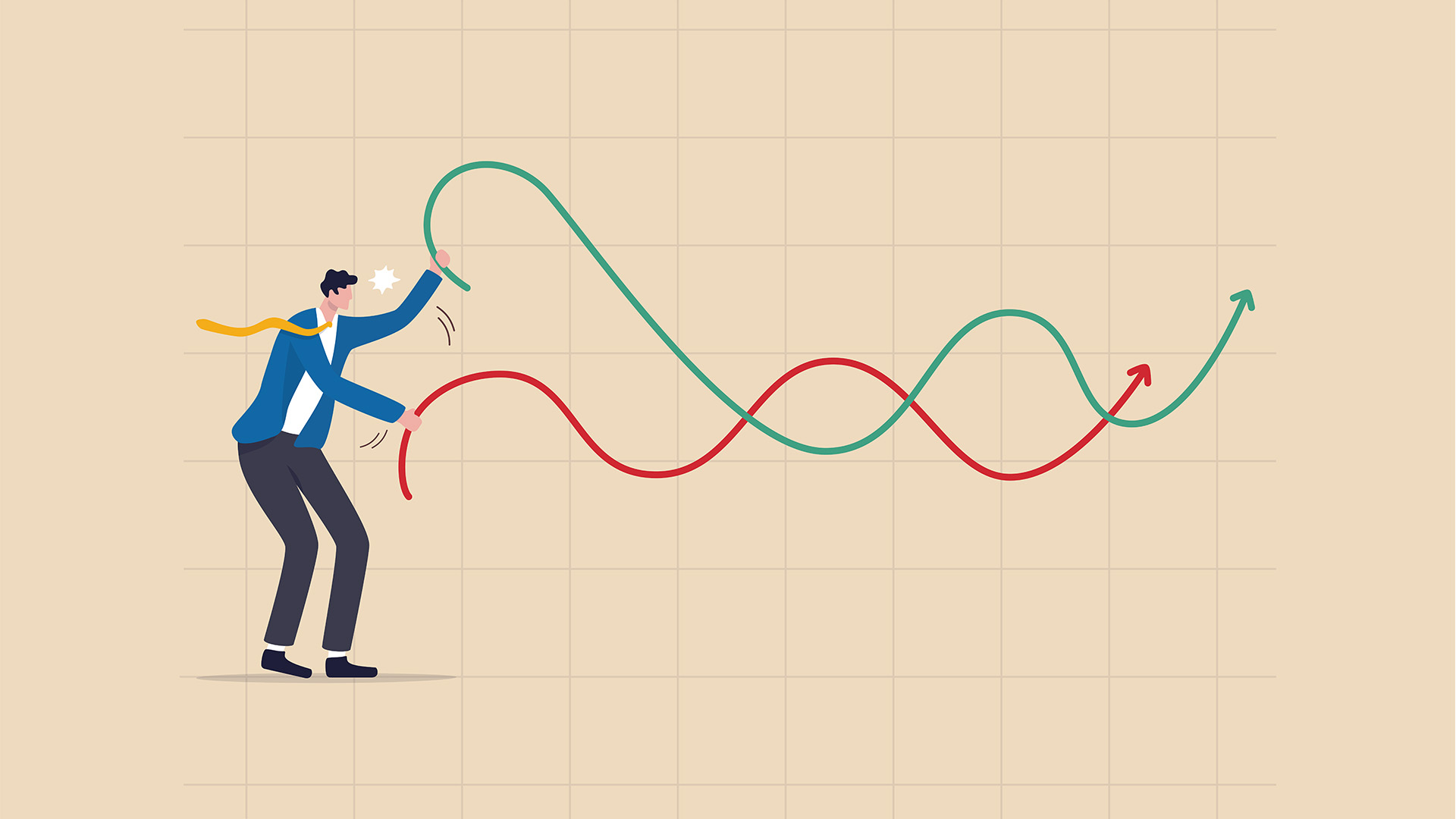On the face of it the 8.1% growth in Chinese GDP in 2021 looked very solid, but that was far from the case.
While was better than the official target of about 6%,the headline figure cloaked the continuing slide in property and construction with investment in the sector falling and house price growth now the weakest for more than five years and no sign of any improvement.
Chinese real-estate investment in December plunged 13.9% from a year earlier, compared with November’s 4.3% decline, data from the National Bureau of Statistics showed on Monday.
New construction starts as measured by floor area also contracted in 2021, fell sharply as well, down 11.4%, worse than the 1.2% decline recorded in 2020, and worse again than the 9.1% year-on-year pullback during the first 11 months.
Overall investment in China’s property sector rose 4.4% in 2021, almost half the 7.0% growth rate marked in 2020, according to National Bureau of Statistics said Monday.
December’s 4% rise was weaker than the 6.0% year-on-year gain recorded over the first 11 months of 2021, indicating the slide in the sector shows no sign in easing.
New construction starts as measured by floor area also contracted in 2021, falling 11.4% from the previous year.
The slowdown was far steeper than the 1.2% decline recorded in 2020, and worse than the 9.1% year-on-year pullback during the first 11 months.
New home starts were relatively robust in the first half of 2021, but (like so many other areas of the economy such as retail sales and steel production) began a downward spiral in July after property developers began to feel the strain of regulatory measures aimed at reining in their debt levels.
Meanwhile, home sales by volume—an indicator of demand—rose a slower 5.3% over the course of 2021 when compared with the 9.3% gain in the January-November period.
And this is a big negative for the sector – the Reserve Bank of Australia estimates property accounts for around 60% of household assets in China. Property accounted for an estimated of 20% of Chinese GDP in 2016, but this has eased a little in the intervening years.
But the sensitivity of consumers to price movements and falls in activity remains enormous, so that’s why the house price index weakening in December adds to fuel to the gloom about property in China.
Average new home prices in China’s 70 major cities rose by 2.6% year-on-year in December 2021, after a 3.0% rise in November,
This was the weakest rise in new home prices since January 2016, amid concerns about property default and tighter policies aimed at driving speculators out of the property market.
Among China’s biggest cities, price increases were seen in Chongqing (7.9% vs 8.0% in November), Guangzhou (5.0% vs 6.3%), Shanghai (4.0% vs 3.8% percent), Beijing (4.2% vs 5.4%), Shenzhen (3.3% vs 3.4%), and Tianjin (2.4% vs 3.0%).
On a monthly basis, new home prices fell 0.2% in December, after a 0.3% drop in November. Property price growth in 2021 peaked in May at an annual 4.9% and has slowed in every month since then.
So the 8.1% annual growth rate is really a measure of economic growth in a very different economy in early 2021, driven by the first quarter growth rate of 18.3% which was skewed by being compared to the Covid-damaged first quarter of 2020 when growth fell an annual 6.8%.
Since that surge, growth has slowed – 7.9% annual rate in the second quarter, 4.9% in the third and 4.0% in the final three months of the year.
While that in turn was a little stronger than the 3.6% rate forecast, and was up 1.6% quarter on quarter after the 0.2% in the three months to September, it was due to the rebound in energy production from the depressed levels in late September and early October.
It was the slowest pace of expansion in 18 months, while the quarter-on-quarter growth was the strongest quarterly growth since the final quarter of 2020.
But that was based on a strong performance in the energy sector where coal production, power generation and associated activities were boosted as the government struggled to avoid a repeat of the power rationing in October.
Continuing and spreading outbreaks of Covid (including emerging cases of omicron) and lockdowns to varying degrees also played a part and remain a growing concern as 2022 has started. But the final activity data drop on Monday added to weaker picture of the economy, especially property.
China’s fixed-asset investment rose by a weak 4.9% from January to December of 2021, compared with market consensus of 4.8% and after a 5.2% in the previous month.
It was also slower than in the non-Covid 2019 year.
Investment eased in both public (2.9% vs 3.0% January-November) and private sectors (7.0% vs 7.7%), reflecting the property slowdown, widespread Covid outbreaks and some impact from the official crackdown on the high investing tech sector.
China’s retail trade growth eased to 1.7% year-on-year in December 2021 from 3.9% in November, missing market forecasts for a 3.7% gain.
This was the lowest figure since August 2020, as consumption moderated on the back of sporadic COVID-19 outbreaks.
For the whole year, retail sales rose 12.5%, with sales of consumer goods excluding automobiles rising 12.9% and online sales up 13.4%.
All that occurred in the first seven months of the year as retail sales growth slumped in August and continued to weaken to December’s barely alive level.
Industrial production in China was a bit better than forecast in December, rising 4.3% year-on-year from a 3.8% rise in the previous month and beating market forecasts of a 3.6% gain.
It was the strongest growth in industrial production since August, helped by a recovery in energy production as China threw billions of dollars at boosting and maintaining coal production at record levels to boost power station stocks and avoid a repeat of October’s rationing and shortages.
For the whole year, industrial production grew 9.6% year-on-year, much better than 2020’s Covid-hit 2.4% growth rate, but down to an enormous 13.5% surge across January and February of last year.
That’s why the same month data for 2022, when released in early March, is not going to look very nice.












